Forschungsprojekte
2023 erfolgreich abgeschlossen

PyroVC
PyroVC – Wertschöpfung aus bisher nicht recycelbaren Polyvinylchlorid-Abfällen
Ausgangssituation:
Polyvinylchlorid (PVC) ist ein thermoplastischer Kunststoff, der in vielen Produkten des täglichen Lebens unverzichtbar geworden ist. Aufgrund seiner vorteilhaften Eigenschaften finden seine Anwendungen in der Industrie (Bauwesen und Elektronik) enormen Zuspruch. PVC steht im globalen Kunststoffverbrauch mit 37,4 Mio. Tonnen jährlich an dritter Stelle, hinter Polyethylen und Polypropylen. Obwohl PVC bereits 1945 der meistproduzierte Kunststoff der Welt war, ist die Recyclingfrage nur ungenügend geklärt. Die stoffliche Verwertungsquote liegt in Deutschland bei 37 % und verschlechtert somit die durchschnittliche stoffliche Verwertungsquote von Kunststoffen, welche im Schnitt bei 46 % liegt. Die üblichen Ansätze des PVC-Recyclings (Deponierung und Verbrennung) sind entweder energieintensiv oder ineffizient in Bezug auf die Wiederverwendungsqualität oder umweltschädlich aufgrund der Freisetzung schädlicher Gase.
Das Projekt:
Mit der Pyrolyse-Technologie ist es möglich, unter Ausschluss von Sauerstoff PVC zu spalten und petrochemisch verwertbare Kunststoffe daraus zu gewinnen. Pyrolyse ist die thermische Zersetzung chemischer Verbindungen bei hohen Temperaturen (600 °C) und spaltet die langkettigen Moleküle in organischen Verbindungen auf. Bei der Pyrolyse werden jedoch Chlorgase freigesetzt, die z.B. durch Bindung mit Natrium in der Vorstufe des Pyrolyseverfahrens abgeschieden werden können. Dies führt zu weiteren nützlichen Produkten wie Salzen und ermöglicht eine Pyrolyse ohne die Bildung schädlicher Abgase. Die erfolgreiche Etablierung der Pyrolysetechnologie in großem Maßstab steht jedoch vor wirtschaftlichen und betrieblichen Schwierigkeiten aufgrund schwankender Abfallmengen und -arten sowie hoher Investitionen. Durch die steigenden Energie- und Stromkosten und den steigenden Entsorgungsgebühren ergeben sich derzeit neue Chancen für kleine Verwertungsanlagen. Herausforderungen sind dabei die Robustheit der Pyrolysetechnologie und die Anpassung an schwankende Abfallmengen und -arten sowie die automatische Anlagensteuerung zur Reduzierung des Personaleinsatzes und damit der Kosten..
Ziele:
Im Rahmen des Projekts wird von AES eine neue Anlagentechnik entwickelt, die es ermöglicht, chlorhaltige Abfälle zu einem Pyrolyseöl und Salzsäure oder Kochsalz zu verarbeiten. Dabei übernimmt AES die Auslegung und Konstruktion der Chlorabscheidung und der dazugehörigen Pyrolysetechnik. In Kooperation mit der FH Aachen wird bereits während des Projekts die Wirtschaftlichkeit betrachtet. Abschließend soll die neue Anlagentechnik bei einem Pilotkunden getestet werden. Durch diese technische Innovation der automatisierten Pyrolyseanlage mit ökologischer Betrachtung können C-Kreislaufschließung, CO2-Einsparung, Eliminierung von nicht verwertbaren Abfallströmen und effiziente Nutzung von stofflichen Ressourcen und Recycling erreicht werden.